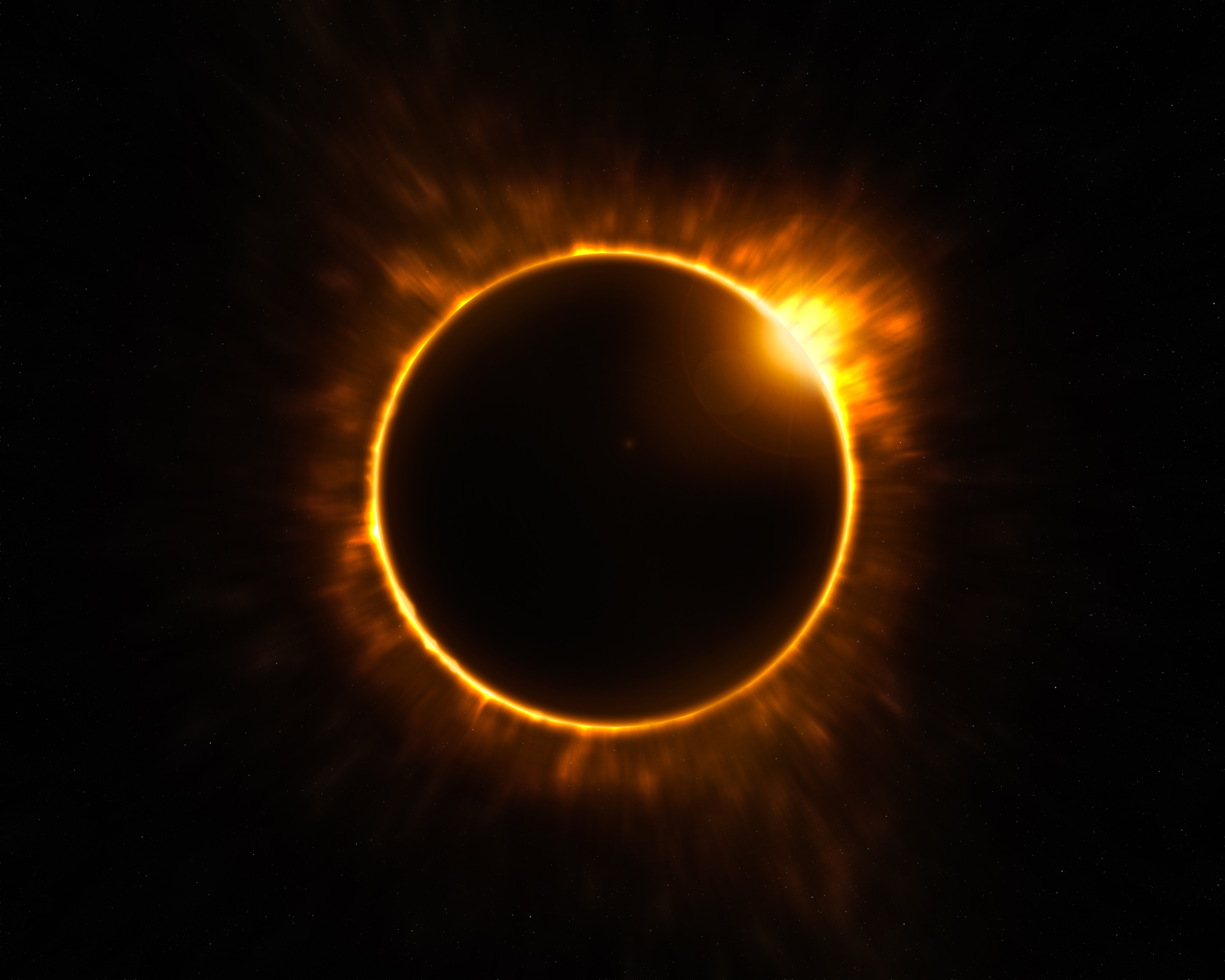By KIRBY ROSS
Phillips County Review
“Well I hear you went to Saratoga
And your horse, naturally, won
Then you flew your Learjet up to Nova Scotia
To see the total eclipse of the sun”
Short of a half-century ago, singer-songwriter Carly Simon put those words on paper in her runaway hit song, “You’re So Vain,” which rocketed to Billboard’s number one spot in January 1973.
While the song was about an unnamed self-absorbed lover she once had (possibly Warren Beatty), what is generally overlooked in Simon’s telling of the tale is the fact that solar eclipses are so rare, and the paths they travel so limited, that in order to see one in its totality a person generally needs to hop onto a jet and travel considerable distances to experience it.
Solar eclipses occur when the moon passes directly between the Earth and the Sun, resulting in the blocking out of sunlight along a small path that moves across the Earth’s surface as the planet rotates.
Carly Simon wrote her song in 1971, indicating that the eclipse she was referring to was one that took place March 7, 1970.
That 1970 eclipse moved southwest to northeast, originating near the equator in the central Pacific Ocean. Moving eastward, the path of totality (the track along which the sun was totally obscured) moved across Central America and the Yucatan Peninsula, on into the Caribbean, continuing up the eastern U.S. seaboard and soon making its way across Nova Scotia in Canada.
For those who were around back then, the level of totality, or obscurity, in Kansas was around 50 percent — meaning that the moon blocked around 50 percent of the sun. The visual effect was essentially the same as a very cloudy day.

As a general rule, the path of totality of a solar eclipse covers less than one percent of the Earth’s surface, and is less than 100 miles wide. Across the globe there were just 228 eclipses in the 20th century, but since they can take place anywhere on the planet, including the North and South Poles, the odds of a total eclipse passing over the spot you happen to live at is extremely small.
For example, the last total eclipse that passed over where Princeton, NJ, is now located was in 1478. The next total eclipse there will not take place until 2079 — that’s 601 years.
And of those 228 eclipses in the last century, only eight touched upon a portion, sometimes just a very small portion, of the United States. The last one to hit any part of the U.S. took place in 1979.
You’re probably starting to get the picture here. If ya wanta experience a total eclipse, ya gotta jump on a jet to go see one….
But not so fast.
That’s about to change this summer. In what is being billed as the Great Solar Eclipse of 2017, the U.S. is going to host a solar eclipse next month.
And it’s going to be a doozy.
First making landfall on the West Coast on the Oregon shoreline at 11:05 a.m. Central Time on Monday, August 21, its path of totality will touch upon a dozen U.S. states before exiting the U.S. at South Carolina around an hour and a half later.
Between 11:20 a.m. and 11:40 a.m., Central Time, the path of totality will cross the breadth of Nebraska from its far northwest corner to its far southeast corner.
The path of totality on this one will be 70 miles wide, with the Sun being obscured for over two minutes as the eclipse passes over a given spot along the way.
Hundreds of towns along the path in Nebraska and Missouri will experience 100 percent totality. But even for many Kansas communities which are a little off the main path, including Hays America, the experience will be much the same as for those whom are on the path — with close to 95 percent or so of the Sun being blocked, there will be little noticeable difference.
For anyone wishing to save the price of a ride on a Learjet and instead plan on pulling out a cold beer and sitting on a lawn chair in their backyard to experience the Great Solar Eclipse of 2017, below are selected site locations that list the eclipse totality percentage.
Kansas
Smith Center 98.269%
Phillipsburg 97.667%
Osborne 97.225%
Salina 96.319%
Plainville 95.896%
Ellsworth 95.263%
Russell 95.162%
Hays 94.609%
Ellis 94.573%
Hoisington 93.910%
LaCrosse 93.384%
Great Bend 93.376%
Quinter 94.346%
Nebraska
North Platte 100%
Lexington 100%
Kearney 100%
Minden 100%
Hastings 100%
Hebron 100%
Kirby Ross can be reached at [email protected].
Republished with permission.

